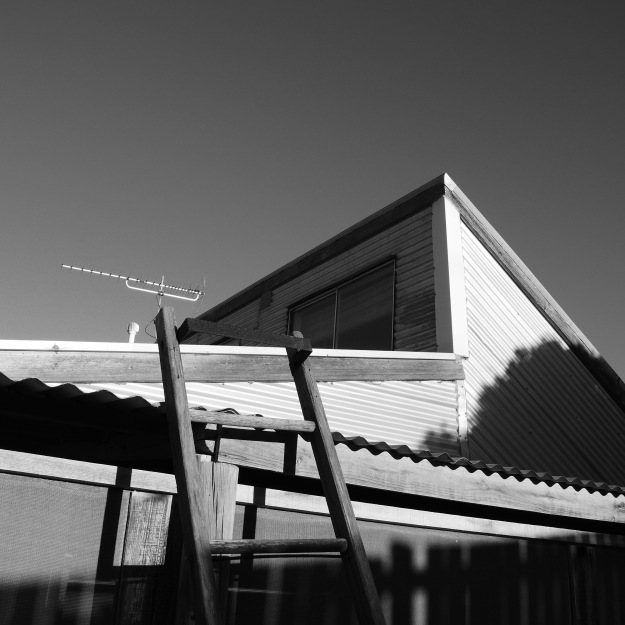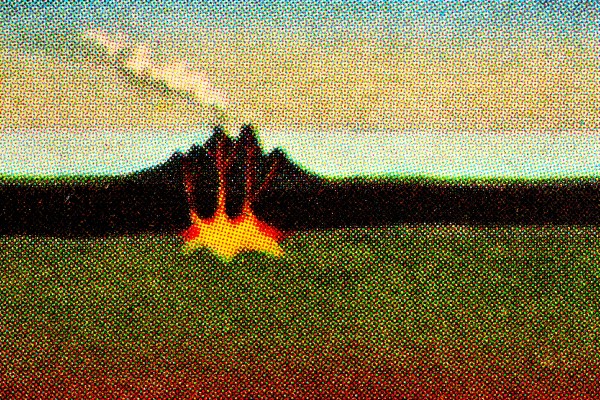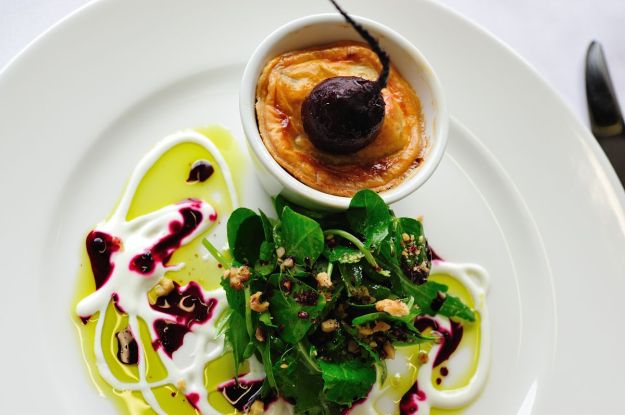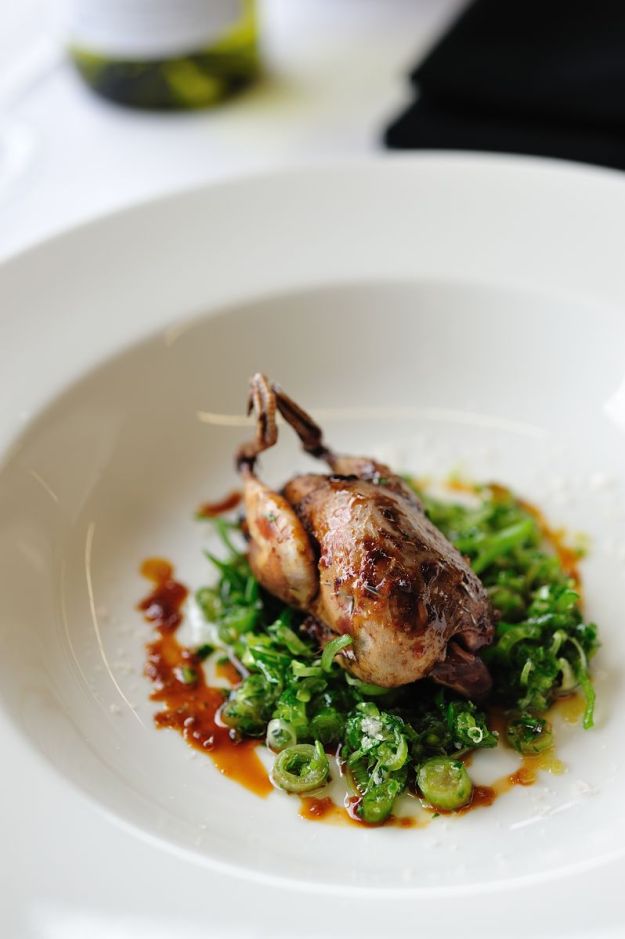Just because we can now take a million digital shots of every subject and do lots of post processing doesn’t mean we should.
To each their own, but I get no pleasure from digital post processing. I use it as little as possible, and generally only to fix mistakes.
I started working commercially in the days of film. My job was to deliver usable transparencies to the magazine editor to go with articles.
In those days my post-shoot workflow was as follows:
- Pick the film up from processing.
- Put the trannies on a lightbox.
- Throw the bad ones away.
- From the usable ones, select the best two or three.
- Give them to the editor.
If digital is to make our lives easier, the post process should be easier too.
I confess to shooting raw for commercial work; my work cameras are Nikon, and I find the free NikonView software really good and simple. It allows easy adjustment of colour balance and exposure if I didn’t get those quite right in camera, and also easy quick crop and export as jpegs after.
So – keep it simple. I paid for my own film on jobs so I always tried to be economical with it. I’d try to limit a job to about a dozen frames so I could get two or three jobs on a roll. These days it’s possible to shoot even less than that, as bracketing tricky light is not so often needed.
My workflow is now this:
- Load files into computer.
I don’t miss the romance of film; making two trips to the processors for every job was a pain. There is no pleasure in wondering if you’ve stuffed the shots or finding out the best one is soft when you put it on the lightbox. - Look at the pics on NIkonView.
Believe it or not, looking at images on a 27″ Apple monitor is better than peering at a slide on a lightbox with a loupe. - Delete the bad ones.
Be brutal here – DELETE DELETE DELETE. There are enough crap photos in the world without any of us adding to the sum. - From the usable ones, select the best two or three.
I often see commercial photographers giving their clients a load of crap in a folder with a few good shots hidden in there somewhere. To me this is inexcusable. Only give the client shots that are of publishable standard. Three good shots are better than 150 pieces of crap they have to wade through later. - Make any adjustments to colour balance, exposure that are needed, and export as jpeg.
Never give a client raw files; they will stuff up the colour balance or do some dumbass thing to them and then blame you for giving them bad shots. - Upload the files to Dropbox and email the editor a link.
Easy.














